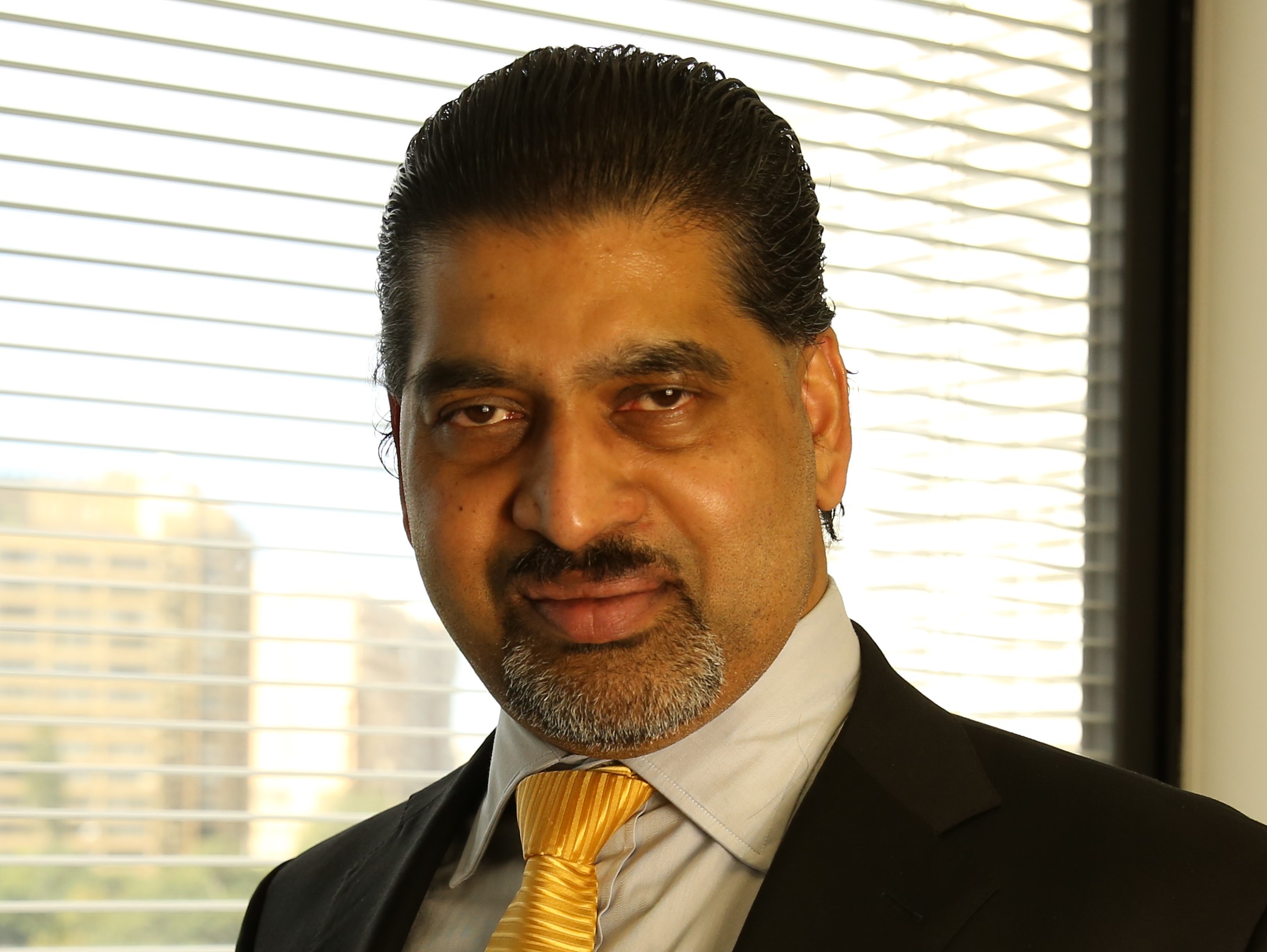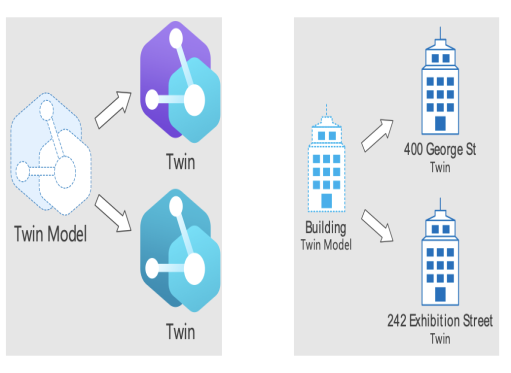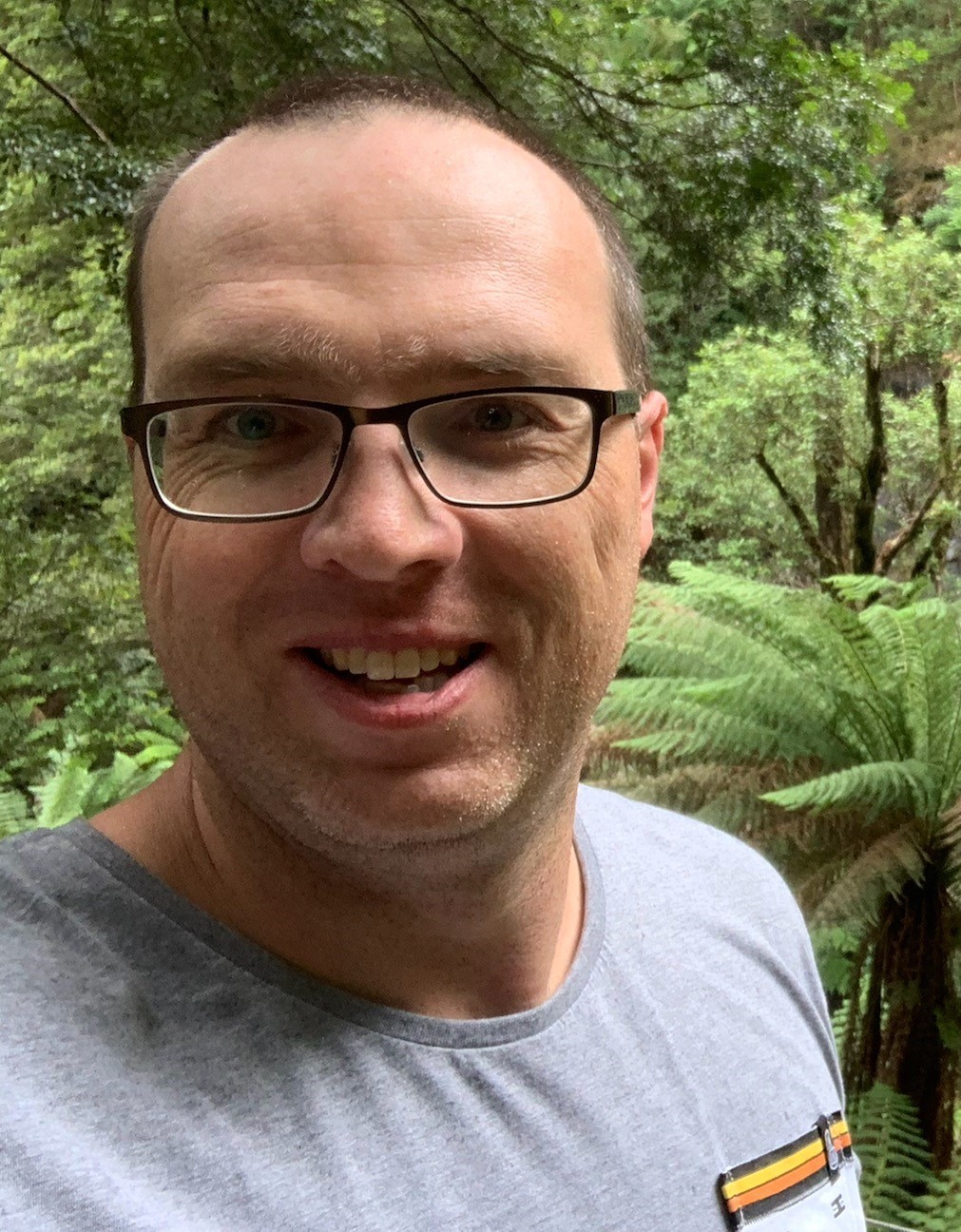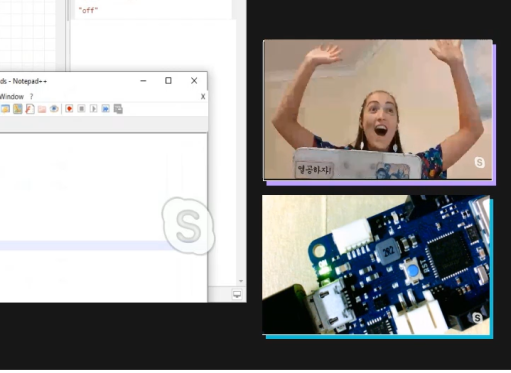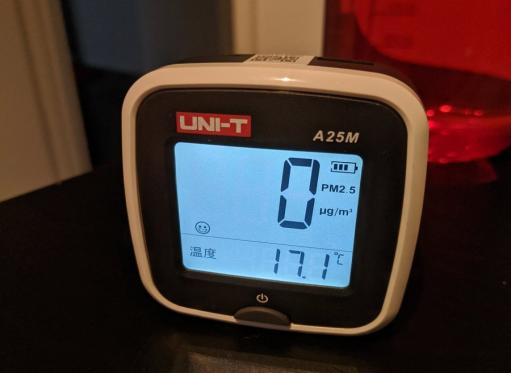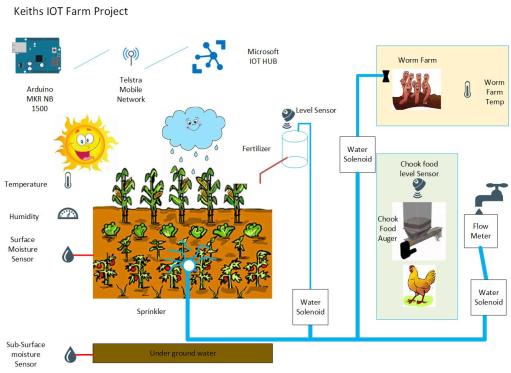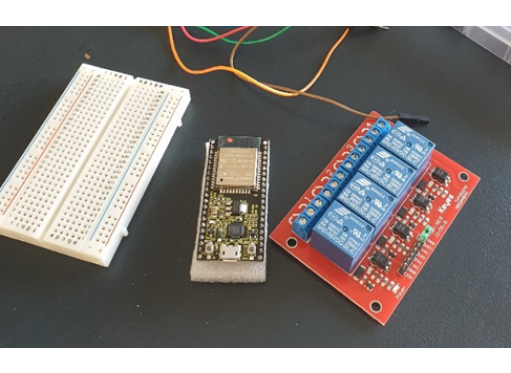When developing an IoT solution for your business, coverage and access to a reliable network is critical. If you're using Telstra's mobile network to connect your IoT devices in a regional area, these tips from our Commercial Engineering Executive might help optimise your access to Australia's largest IoT network. With mobile phones, you can simply move them to another location to improve signal, but for static IoT devices you need to get that coverage sweet spot from the get go! - Michelle Howie, Developer Advocate
This is an exerpt of an article originally posted on Telstra Exchange.
-----------------------------------------------------
You expect that when you pull your phone out of your pocket, you’ll unlock it and immediately be able to place a call, send a text or use the internet. And so long as you’re in a suitable coverage area, that’s how it works, right? As it turns out, there’s a lot that happens behind the scenes to make that possible, especially in regional and rural areas. Here’s how your coverage works, and some tips on how to improve it.
Whether you’re in town or the top sheep paddock wondering where the baa baa black spots are, there are a few things you should know about how network coverage works.
How does the Telstra mobile network operate?
You’re able to do all the amazing things on your phone because of cellular signals beamed out of our base station towers situated around the nation. You can see where this coverage is on our Mobile Coverage Maps.
Those towers operate on a variety of radio frequencies across several key pieces of radio spectrum. It’s easy to think of it as just 3G, 4G and now the amazing 5G, but in actual fact, there are many different radio frequencies we operate on in those Gs to make your phone work.
All of these technologies overlap and interlock to create one Telstra mobile network: a vibrant tapestry of radio signals all working hard to power millions of conversations and billions of interactions between devices every single day.
Does Telstra take mobile coverage away?
No, we do not take away coverage. We have invested billions over the last several decades delivering Australia’s best mobile network, from 1G all the way up to 5G and beyond.
As we grow our mobile network around Australia and upgrade it with the latest technology, we occasionally come to a point where it is necessary to say goodbye to older technology, and to use the spectrum bands it was carried on to boost the performance of newer and more efficient technology.
In December 2016, we switched off our 2G to provide more spectrum for 4G. As part of our program to continually upgrade our network to the latest technology and expand our 4G and 5G coverage, we’ve announced the eventual switch-off of our 3G technology. This will not happen until June 2024 – more than three years away.
We are working towards expanding the 4G technology so its coverage is materially the same as 3G coverage today.
We know maintaining existing coverage is important for our customers and the communities they live in, and visitors to regional areas, so that why we’ve made our 4G coverage commitments.
Will 4G coverage after 3G closure be better than what existed with CDMA and 2G?
Telstra’s 4G coverage is already greater that our 2G coverage and our commitment is for 4G coverage to be similar to our 3G coverage by mid 2024.
As both network and device technologies have progressed significantly from the days of CDMA and 2G customer experiences are better than they have ever been, and their experiences will continue to improve as 4G expansion progresses.
How does the use of different spectrum bands affect coverage?
Spectrum bands vary in terms of how far they travel, and the bandwidth which is available for use by mobile operators. Our 3G technology uses 850MHz spectrum while the primary band for our 4G technology is 700 MHz. Both 700 MHz and 850 MHz are known as ‘low band’ spectrum and they travel further than ‘mid’ and ‘high’ band spectrum.
The propagation of 700 MHz is slightly better than that of 850 MHz, and as 700 MHz will be used for our 4G expansion we do not anticipate there being any material changes in coverage due to the change in spectrum used. Where minor variations in coverage do occur these would likely be at the fringes of our network, and attributable to variations in antenna types, their precise placement and direction and device-specific differences in radio sensitivity.
It is also possible that in transitioning from 3G to 4G there will be locations that may end up with coverage on 4G that they never had with 3G.
How available will 5G be in regional areas?
Our 5G coverage is already available in more than 100 regional towns and this footprint will increase with time. You can check Telstra’s coverage availability for each generation of mobile technology on our website.
How far does a phone work from a base station?
This is a tough one, because it has no fixed answer. As always, it depends on a number of factors.
A lot of it depends on the phone you’re using. All phones differ in the way they pick up signal, and some perform significantly better than others.
We do a range of testing and discuss signal characteristics of new phones before they’re released by manufacturers. The devices that perform best in test are certified as Blue Tick devices, and these are considered the best devices for getting handheld voice coverage in regional and rural areas. It is testing done exclusively by our engineers to perform best on our network, so you won’t find it anywhere else.
The accessories you’re using with your phone can also make a difference. If you have your phone plugged into a powered external antenna, you can expect better results, for example. If you’re using an approved device like a Telstra-Go Repeater, you’ll have better results. Coverage can even depend on how you hold your phone. The rest depends on geography. Where are you standing when you use your phone? Are you in an area where a base station can’t reach like a gully or river bed? Are you indoors or outdoors?
All of these factors and more can contribute to your mobile coverage experience.
How and where are new base stations built?
It takes a significant amount of investment to build a new base station. It’s why the cost of our mobile network is in the billions!
A base station is typically a connection to our broader core network via a super-fast fibre connection. It takes a lot for us to run the fibre to each individual base station and connect it to the rest of our network, which is why these costs can be considerable.
It’s not always as simple as building a huge base station on top of the biggest hills in the country. Not only is it not feasible, we need to get access to land, fibre and power for the site.
We also need to consider where the majority of the base station’s users are going to be situated, and how the coverage will fan out over the geography of the area.
Aside from building new towers, we also do a considerable amount of work maintaining, improving and upgrading our existing base stations. From planned upgrades to add 5G to an area, or to apply new software that boosts a tower’s range, we’re always building you a better network.
Why does my phone drop out in the car sometimes?
There are several reasons why a phone call may drop out.
If you’re taking a call on the go and it drops out, it may not be the network. It may be where you have the device situated in the vehicle.
Your phone should always be in a clear spot when you’re making a call. Instead of jamming it deep in your car’s centre console inside what is ostensibly a thick metal box, pop it into a cradle mounted to your window. That way, your phone has the best chance possible of reaching the network and vice versa.
Check the relevant laws in your state about using a smartphone in a cradle while driving before doing so, as in some states you may not be legally allowed to do so.
Coverage extension devices such as a Telstra Go Repeater can improve the coverage you receive in your car, especially in regional areas.

